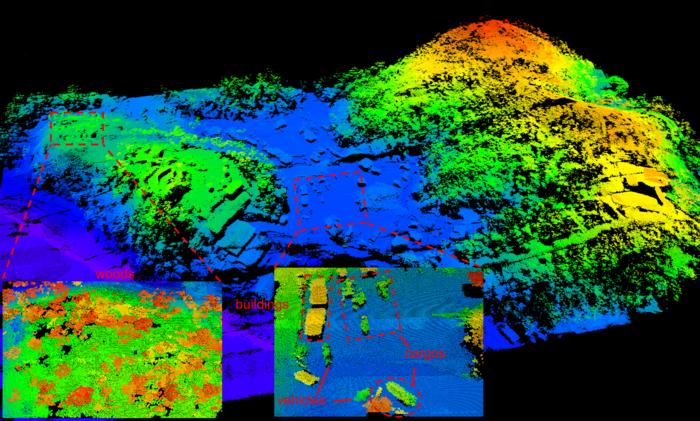- 2 replies
- 1,211 views
- Add Reply
- 2 replies
- 1,634 views
- Add Reply
- 2 replies
- 5,237 views
- Add Reply
- 0 replies
- 1,148 views
- Add Reply
Cluster polygons
Python alternative for Qgis ATLAS
By Pedro,
Hello everyone, I'm Brazilian and I'm translating via Google, sorry for any writing errors.
Well, I would like to know alternatives to QGis' "ATLAS".
I currently use Qgis and load 1 map on the left and another on the right. I also plot some information from some columns in the attribute table.
However, when I have many images, assuming there are 1000 on the left side and 1000 on the right side, my Qgis becomes extremely slow.
I also use my own .png images to style my reports.
SWOT Water Level Data quality
By oz1,
Is anyone finding problems with the 30m gridded water level data. I am seeing large smears of incorrect or null data at right angles to the satellite track? The values look like some kind of instrument or processing failure and occur in more or less the same locations in every acquisition I have downloaded although the actual values do vary.. I haven't seen any mention of this problem in the literature so far.
GenAI is coming to ArcGIS Pro

By rahmansunbeam,


Generative AI and 'text to GIS' are coming to ArcGIS Pro. GenAI is coming to replace most of the small-scale and basic analysis tasks, probably within 2-3 years. Here is a video of ArcGIS ecosystem using GenAI Assistant.
https://mediaspace.esri.com/media/t/1_opret32t
https://highearthorbit.com/articles/announcing-ai-assistants-for-arcgis/
And here is an updated roadmap for ArcGIS Pro -
https://community.esri.com/t5/arcgis-pro-documents/arcgis-pro-roadmap-may-2024/ta-p/1419528
Researchers build high-resolution lidar with lowest-power laser

By Lurker,


Researchers at the University of Science and Technology of China (USTC) have developed a compact and lightweight single-photon LiDAR system that can be deployed in the air to generate high-resolution three-dimensional images with a low-power laser.
The technology could be used for terrain mapping, environmental monitoring, and object identification, according to a press release.
LiDAR, which stands for Light Detection And Ranging, is extensively used to determine geospatial informatio
-
Forum Statistics
8.8k
Total Topics43.5k
Total Posts



